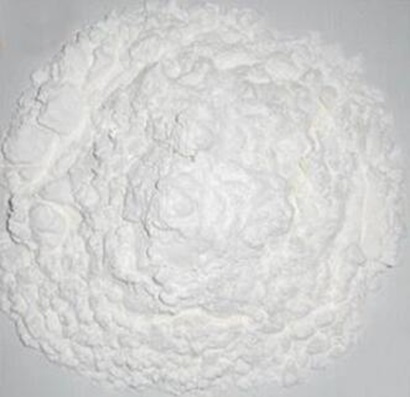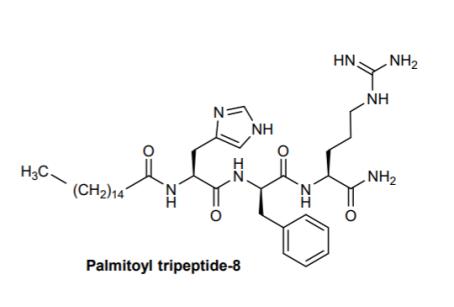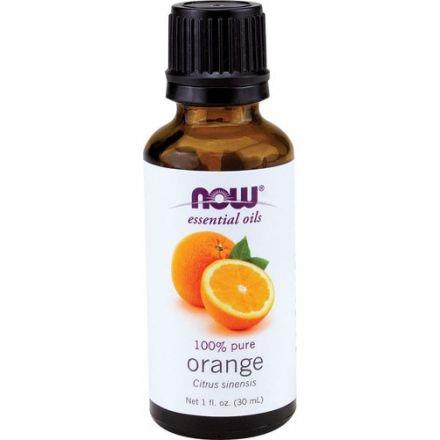The introduction of Citiolone
General description
The Citiolone is also named as citicoline diphosphate choline, with the CAS No of 17896-21-8. It is often used for the treatment of sequelae of cerebrovascular disorders and senile dementia. The chemical’s molecular formula and molecular weight of Citiolone are C6H9NO2S and 159.21, respectively. Its melting point is 109-111 ° C, and its density is 1.202 (estimate). It is a white to off-white crystalline powder. Its structure is as follows:
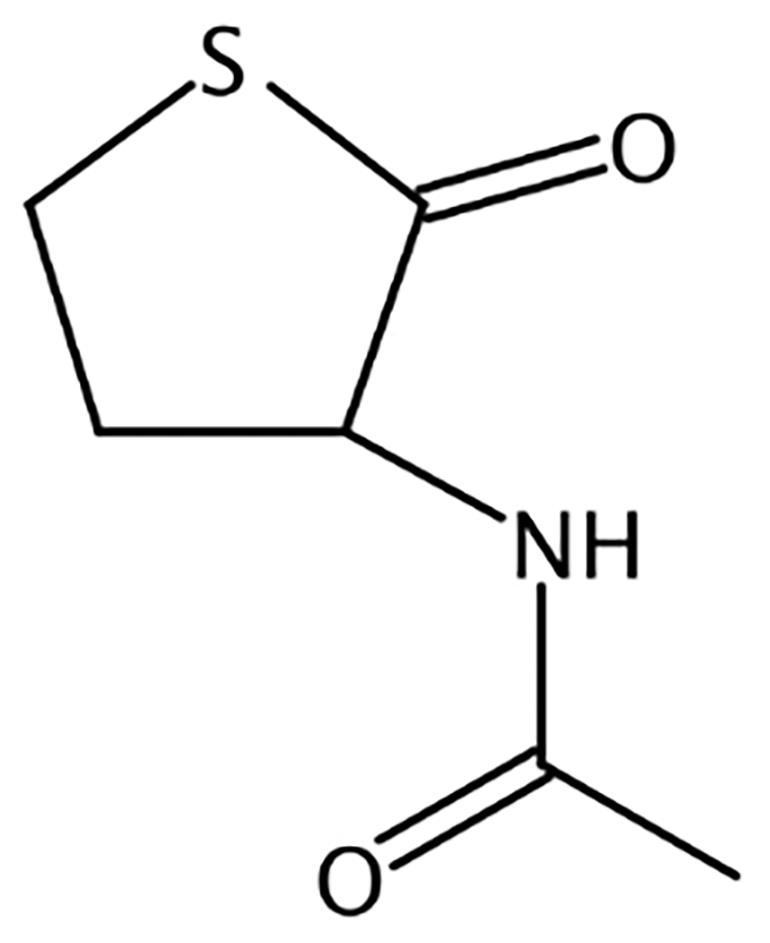
Figure 1 Structure of Citiolone.
Chemical synthesis of Citiolone
The Citiolone can be synthesized by single step according to the previous work [1]. D,L-homocysteine thiolactone hydrochloride (6.14g, 0.04mol) was added to 150mL chloroform, and ice bath formed suspension; Add methacryloyl chloride (5.02g, 0.048mol) to the mixture; After that, triethylamine (9.70g, 0.096mol) was added dropwise within 20min, and the suspension gradually turned into a reddish solution. Stir the solution in the ice bath for 2 hours and trace it with thin layer chromatography. Salt water for reaction mixture (60 mL × 2) Wash, extract with chloroform (60ml X 2), dry the organic phase with sodium sulfate, and filter. Concentrate the obtained solution to a volume of 50mL, slowly add it to 100mL hexane, filter, separate and precipitate the powder, and vacuum dry it for 2h, with a yield of 83.9%. 1H NMR (300MHz, CDC13) δ 6.37-6.17 (m, 1H) ,5.78 (s, 1H) ,5.41 (t,J=1.4Hz, 1H) ,4.54 (dddJ= 12.7, 6.8, 5.7Hz,1H) ,3.40 (td, J=11.8, 5.1Hz, 1H) ,3.28 (ddd, J=11.4, 7.0, 1.3Hz, 1H), 3.09-2.94 (m, 1H) , 1.99 (s, 2H) ,1.80-2.05 (m,2H) . 13C NMR (101MHz, Chloroform-d) δ 205.78, 168.59, 139.06, 120.78, 59.41, 31.59, 27.53, 18.50.

Figure 2 Chemical synthesis of Citiolone
Bioactivity of Citiolone
Neuroexcitotoxicity and oxidative stress play a significant role in neurodegenerative disorders such as Alzheimer’s disease, ischemic stroke, and Parkinson’s disease [2]. The neurotoxic agent 6-hydroxydopamine (6-OHDA) is known to induce dementia and brain injury by generating ROS [3]. In a previous article, 6-OHDA exhibited cytotoxicity to SH-SY5Y neuroblastoma cells at above 3 μM. Furthermore, the cell viability tests showed that Citiolone was non-toxic to SH-SY5Y cells. Both exhibited potent neuroprotective activity in SH-SY5Y neuroblastoma cells with EC50 values of 2.96 ± 0.7 mM, respectively, as a compound inhibited 6-OHDA-induced neurotoxicity [4]. To further confirm the mechanism of action of the Citiolone, the level of 6-OHDA-mediated H2O2 generation in the presence or absence of Citiolone was investigated. Citiolone effectively blocked the level of H2O2 induced by 6-OHDA, but treatment with 6-OHDA alone favored the generation of H2O2 in a dose-dependent manner [4]. Citiolone has been found to perform many beneficial physiological roles [5], as well as having several interesting pharmaceutical applications. For example, Citiolone has been used as a mucolytic and muco-regulating drug [6]. It is also frequently used for the treatment of chronic hepatitis [6]. Furthermore, as a free radical scavenger, Citiolone is an accelerant of superoxide dismutase (SOD).
Toxicity of Citiolone
A 7-year-old girl, with no history of atopy, had experienced an adverse reaction during treatment, 1 month previously, for a viral respiratory infection. 5 h after taking Citiolone 300 mg orally, she experienced pruritic erythema, with formation of 2 blisters, followed by 2 darkbrown macules, 3.5 and 4 cm in diameter, respectively, on her chin and left upper leg. Patch testing with Citiolone 10% in dimethyl sulfoxide (DMSO) was positive (flare-up of eruption) on skin where there had previously been a lesion, and negative on healthy skin. Oral challenge with Citiolone (100 mg) produced pruritic erythema at affected sites within 3 h. Citiolone is widely used as a mucolytic drug in Spain: No previous case reports of fixed-drug eruption from mucolytic drug. When a patch test is performed at the site of such a lesion, a positive response occurs in only about 30% of patients [7].
References
[1]Yan et al. Preparation method of atypical polymerization-induced luminescence aliphatic polyamide. CN 113444195, 28 Sep 2021.
[2]Kamat PK, Kalani A, Rai S, Swarnkar S, Tota S, Nath C, et al. 2016. Mechanism of oxidative stress and synapse dysfunction in the pathogenesis of Alzheimer's disease: understanding the therapeutics strategies. Mol. Neurobiol. 53: 648-661.
[3]Simola N, Morelli M, Carta AR. 2007. The 6-hydroxydopamine model of Parkinson's disease. Neurotox. Res. 11: 151-167.
[4]Jang et al. Thiolactomide: A New Homocysteine Thiolactone Derivative from Streptomyces sp. with Neuroprotective Activity. J. Microbiol. Biotechnol. 2021; 31(12): 1667-1671.
[5]Leanza WJ, Chupak LS, Tolman RL, Marburg S. 1992. Acidic derivatives of homocysteine thiolactone: utility as anionic linkers. Bioconjug. Chem. 3: 514-518.
[6]de Barrio M, Tornero P, Prieto A, Sainza T, Zubeldia JM, Herrero T. 1997. Recurrent fixed drug eruption caused by citiolone. J. Investig. Allergol. Clin. Immunol. 7: 193-194.
[7]Delgado et al. Fixed drug eruption due to Citiolone. Contact dermatitis. 1995, 33 (5): 352-352.
Related articles And Qustion
See also
Lastest Price from Citiolone manufacturers
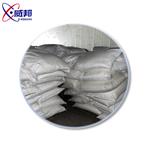
US $10.00/KG2025-04-21
- CAS:
- 17896-21-8
- Min. Order:
- 1KG
- Purity:
- 99%
- Supply Ability:
- 10 mt
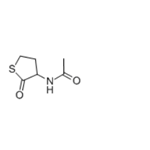
US $0.00-0.00/kg2025-04-04
- CAS:
- 17896-21-8
- Min. Order:
- 1kg
- Purity:
- 98%
- Supply Ability:
- 1Ton

